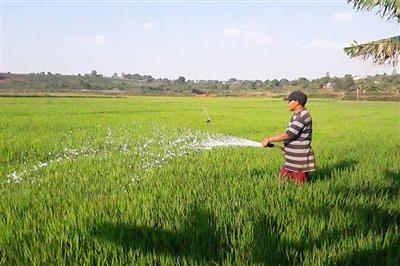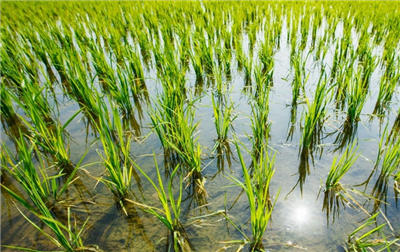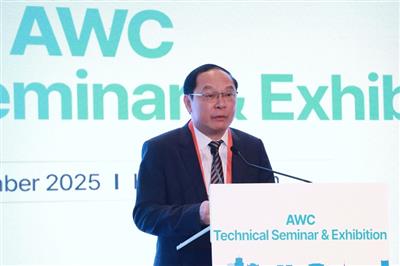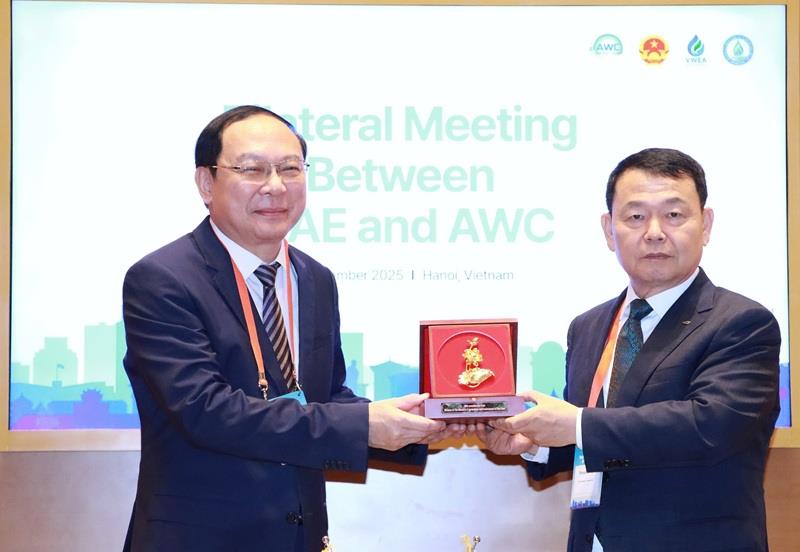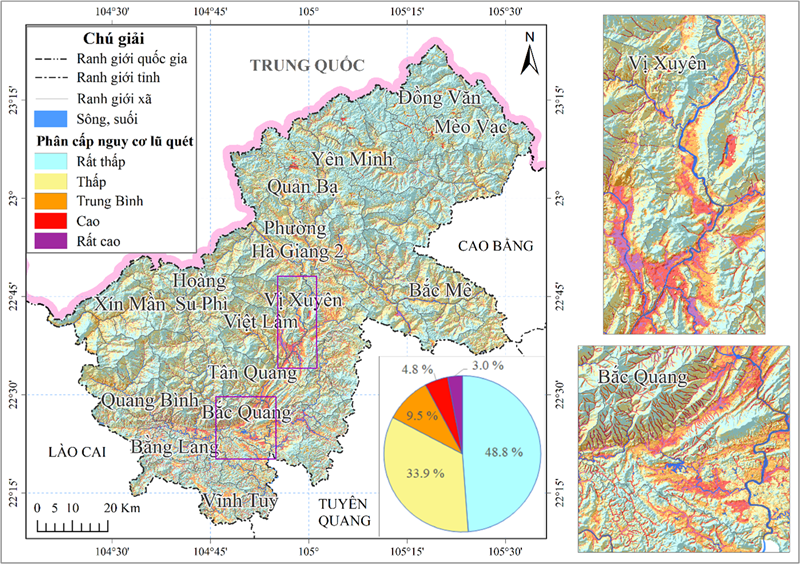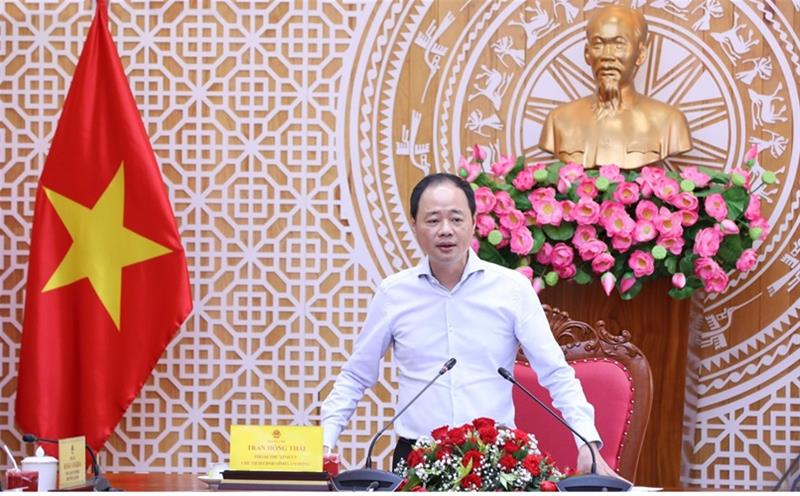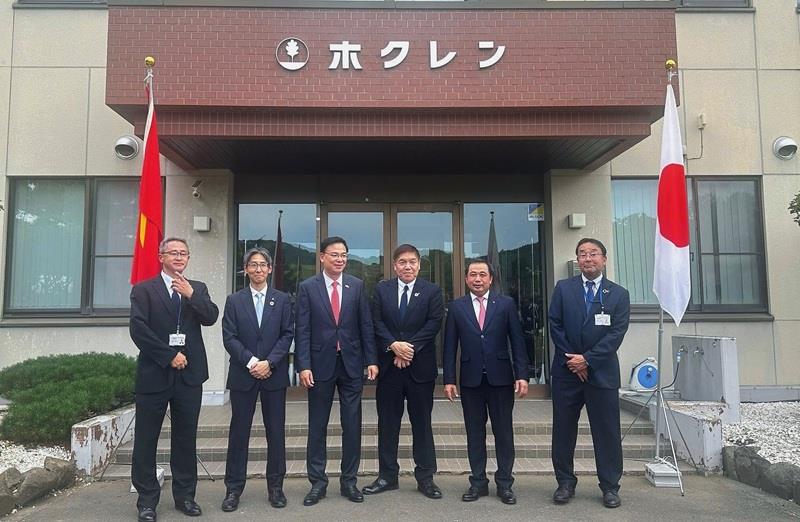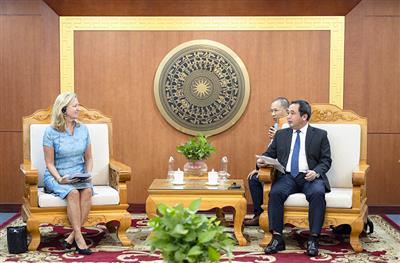
COP29: Historic agreements and global impacts
25/11/2024TN&MTThe COP29 Summit has concluded in Baku, Azerbaijan, leaving a significant mark with a series of historic agreements aimed at addressing the global climate crisis. From notable financial commitments and the launch of a global carbon credit market to Vietnam’s strategic advancements, COP29 has become a pivotal milestone in the journey toward a sustainable future.

Record financial commitments: $300 billion annually
After two weeks of intense negotiations, representatives from nearly 200 countries committed to providing $300 billion annually to support impoverished and vulnerable nations through 2035. This significant effort aims to help these nations address extreme weather events and transition to clean energy.
However, this amount falls short of the $1.3 trillion that developing countries deem necessary. Tina Stege, the Climate Envoy of the Marshall Islands, acknowledged: “While this amount is insufficient, it represents a start.”
UN Secretary-General António Guterres emphasized the importance of honoring and fully implementing the agreement, urging nations to draft new climate action plans before COP30.
Launching the global carbon credit market
At COP29, countries reached a historic consensus on the Global Carbon Market Framework, marking a major step forward in combating climate change. The framework establishes international standards and common rules for carbon credit trading, creating an innovative system to help countries and businesses reduce emissions cost-effectively while fostering international cooperation on climate commitments.

The framework, built on Article 6 of the Paris Agreement, allows nations to collaborate through market mechanisms to reduce emissions. A key feature is ensuring that carbon credit transactions adhere to the principle of “no double counting,” meaning each credit can only be used once for a specific emissions reduction goal. Additionally, credits must meet sustainability criteria and deliver genuine climate benefits. This represents a significant improvement over previous mechanisms, which were largely fragmented and lacked cohesion.
To ensure transparency and environmental integrity, the framework requires strict adherence to measurement, reporting, and verification (MRV) protocols. Advanced technologies play a central role in operating this market. Solutions such as blockchain are used to record and track carbon credit transactions transparently, preventing fraud and ensuring reliability. Artificial intelligence (AI) supports climate data analysis and optimizes emission reduction projects, while the Internet of Things (IoT) precisely monitors emissions from various sources. These technological advancements not only enhance market efficiency but also ensure fairness and accountability among participants.
In addition to enabling transparent and efficient carbon trading, the new framework includes special provisions for least-developed countries. These nations will receive financial and technical support to participate in the market, thereby promoting sustainable development. Projects like REDD+ (Reducing Emissions from Deforestation and Forest Degradation) have already demonstrated their effectiveness in attracting international investment. At COP29, many representatives from developing countries emphasized that financial resources from the carbon market would be used to improve infrastructure, education, and economies.
Vietnam's strategic advances in climate adaptation
Vietnam, one of the nations most severely affected by climate change, is actively asserting its leadership in addressing these challenges. Rising sea levels, intensified storms, and severe droughts have posed urgent challenges requiring immediate action.
In response, Vietnam has developed long-term strategies and specific actions to enhance resilience and protect vulnerable communities. At COP29, Vietnam updated its National Adaptation Plan (NAP), a crucial document outlining its vision and priorities. Deputy Minister of Natural Resources and Environment, Le Cong Thanh, highlighted that the NAP is based on scientific and practical foundations, encompassing three main objectives: strengthening the resilience of natural, economic, and social systems; minimizing risks and damages from extreme climate events; and improving institutional frameworks to effectively mobilize resources.

To safeguard and restore ecosystems, Vietnam has initiated critical projects, including mangrove forest protection and coastal dike construction. One notable example is the mangrove reforestation project in the Mekong Delta, which mitigates the impact of storms and saltwater intrusion while generating carbon credits—a vital source of funding for environmental protection. Sustainable agriculture initiatives and high-tech solutions have also been promoted to reduce the impacts of droughts and floods, contributing to food security.
A key highlight of the NAP is the development of early warning systems and climate-resilient infrastructure. Vietnam has established observation stations in coastal and vulnerable areas and invested in resilient structures such as dikes, reservoirs, and safe resettlement zones. The government has also introduced incentive policies to attract private investment in renewable energy and wastewater treatment, laying a foundation for greater corporate involvement in climate adaptation efforts.
Furthermore, Vietnam’s commitment to operating a national carbon market by 2025 and connecting it with the global market is a critical step in reducing emissions and securing international financial resources. Decree 06/2022/ND-CP has provided a solid legal basis for establishing and running this market. Pilot projects such as mangrove protection, renewable energy development, and smart agriculture models are gradually proving Vietnam’s potential to produce high-quality carbon credits.
Nevertheless, Vietnam faces challenges, including a shortage of technical and financial resources and the risk of developed nations exploiting the carbon credit mechanism instead of achieving actual emissions reductions. To address these issues, Vietnam must continue investing in technology, enhancing management capacity, and fostering international cooperation to ensure transparency and sustainability in carbon credit transactions.
Vietnam’s leadership and vision
The Global Carbon Market Framework introduced at COP29 not only presents new opportunities for nations but also highlights Vietnam’s role in the fight against climate change. With well-planned strategies and thorough preparation, Vietnam is positioning itself as a regional leader and contributing to global sustainability and climate mitigation goals.
At COP29, Vietnam also proposed global cooperation initiatives, including increased financial support from developed nations, enhanced transparency in accessing international funds such as the Green Climate Fund, and the creation of an early warning network for Southeast Asia. These initiatives were widely praised by the international community for their practicality and leadership.

In addition to technological solutions, Vietnam prioritizes nature- and community-based approaches, such as restoring over 20,000 hectares of mangrove forests, promoting sustainable agriculture, and developing community-based climate adaptation models. These initiatives not only improve livelihoods but also strengthen resilience against climate impacts.
According to Rohini Kohli, Senior Technical Advisor on Climate Change Adaptation Policy and Planning at UNDP, Vietnam’s NAP serves as a model for other nations in translating strategy into tangible actions. With long-term vision and sustainable investments, Vietnam is demonstrating that climate adaptation is not just a responsibility but also an opportunity for development.
The strategic advancements at COP29 not only reinforce Vietnam’s international standing but also pave the way for a sustainable future. Through national unity and international collaboration, Vietnam is moving closer to becoming a resilient nation and contributing to the shared goal of protecting our planet.
Ngoc Huyen






